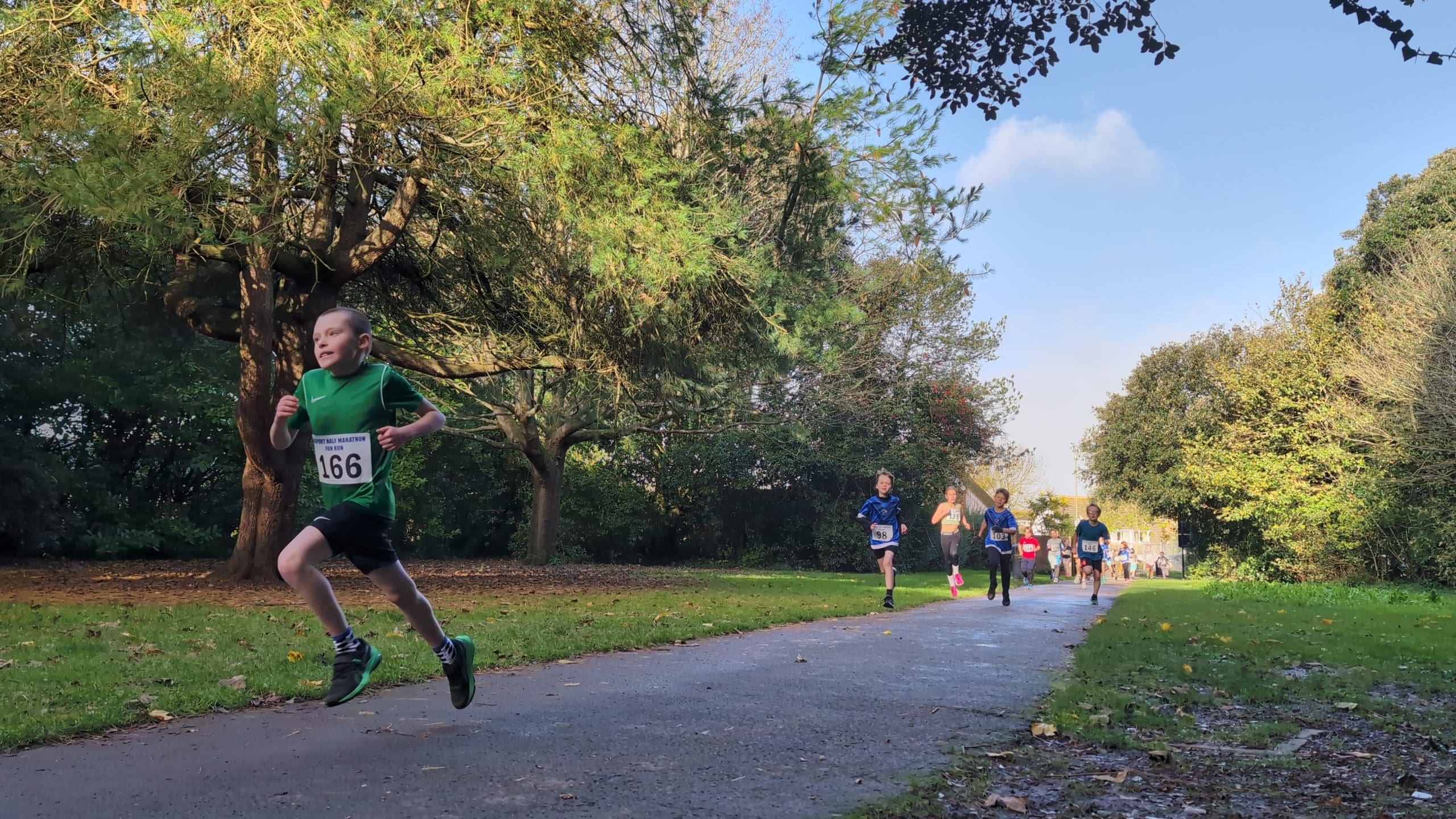St.Mary’s Church, and what is still known locally as Alverstoke Village, lie within half a mile of the shore of Stokes Bay and near the head of a creek which extends a mile westward from Portsmouth Harbour. Up to the early 19th Century the parish was about 4.5 miles from North to South and 2.5 miles from East to West. It was bounded on the East by Portsmouth Harbour, on the South by the Solent and on the West mainly by the Parish of Rowner. On the North it adjoined Fareham and Titchfield parishes. Large parts of the North and East of the parish were formed into separate parishes between 1840 and 1913. Thus the parish, which was once a large agricultural one containing the villages of Alverstoke and Gosport now comprises a smaller and mainly residential area within the Borough of Gosport. “Alverstoke” is a corruption of the name Alvara, a former Lady of the Manor, and Stoke a settlement on the area known as the Marsh Ground. St. Mary’s Church is not mentioned in the Domesday Book. The first known reference to its existence is dated 1122. There is slender evidence to support the belief that there was a Saxon church at Alverstoke and that this was succeeded by a Norman church entirely rebuilt in 1625. In 1724 the roof was raised and in about 1737 a gallery was built at the West end. In 1834 the nave was rebuilt between the older tower and chancel. The present church was built in three stages. In 1863 the old chancel was demolished and the present chancel extended further east and the first bay of the present nave and aisles were built onto the old nave. In 1885 the remaining four bays of the nave and aisles were built, the roof coming above the top of the old tower.The present tower was built in 1904/5 to commemorate the end of the South African War. (The tower has 8 bells weighing between 183 kg and 681 kg and are in memory of those who fought and fell in the 1914-18 war). The church is a fine example of Victorian Gothic and is listed by the Ministry of the Environment as a building of special architectural or historic interest. As you enter the church through the South door, facing you on the North wall is a list of the names of all the Rectors of Alverstoke from 1290 until the present day. The list includes many of considerable distinction, one of whom was Samuel Wilberforce who was Rector of Alverstoke from 1840-45 and the stained glass window above the main altar was given in his memory and a brass plaque in the sanctuary records this fact. Many of the stained glass windows are memorials to others associated with Alverstoke as are also the font, pulpit and lectern. On the North wall is a memorial to those from the parish who fell in the first and second world wars. St. Mary’s was bombed in 1941 but fortunately not drastically devastated. One major area of damage was the Lady Chapel where the stained glass windows were blown out and were beyond repair. These were replaced with windows of local interest bearing the seal of the “Men of Alverstoke”, and the crest of the Borough of Gosport, and traditional symbols associated with St. Mary..
The most striking recent contribution to this church by the people of the parish was that of over 500 new kneelers which involved 222 people, 16 of whom were men. The youngest contributor was aged twelve and the eldest in her ninety-second year. The project started in 1982 and took three and a half years to complete. The designs depict aspects of the history of the parish, the varied past and present associations with it and the many hobbies and interests of those who worked the kneelers. The Chapel was furnished as a memorial to Canon Guy Landon, Rector of Alverstoke from 1907-47. It was Canon Landon who had the sad task of comforting the bereaved of the parish through two world wars and witnessed the historic separation of the parish from the Ancient Diocese of Winchester in 1927 when Alverstoke became part of the newly formed Diocese of Portsmouth and the ties of more than 1,000 years were severed. The churchyard has over 500 gravestones, some dating from 1666 onwards and many of them have remarkably fine carvings and inscriptions.Many reveal the part the sea played in the life of the parish. Buried near the Lych Gate is G.M. Bligh who served as a young officer on H.M.S. Victory at the Battle of Trafalgar and later became Captain Bligh. He is, we think, a distant relative of Captain Bligh of The Bounty. The Lych Gate at the North entrance of the churchyard is more decorative than functional. “Lych” is old English for corpse and originally the Lych Gate was the place where part of the Burial Service took place. As poor people were frequently buried in no more than a sheet some protection from the elements was necessary.The churchyard was extended in 1741, 1745 and 1783 and a supplementary graveyard was opened on the north side of Green Road in 1805. This was closed in 1854-55 when the Municipal Cemetery was opened at Ann’s Hill. Under powers obtained in the St. Mary’s Alverstoke Burial Act of 1965 the North side graveyard was cleared for the construction of the Parish Centre. A subsidiary church to St. Mary’s known as St. Mark’s was built and consecrated in St. Mark’s Road in 1844. This was a Chapel of Ease to St. Mary’s but after an undistinguished history it was demolished in 1911. The cemetery remains today and the foundations of the church can still be seen. Brass plaques removed from St. Mark’s can be seen on the North-East wall of St. Mary’s, to the left of the door leading from the nave into the vestry. St. Mary’s today has two daughter churches. St. Faith’s in Tribe Road is the successor of the Mission Room opened at Leesland in 1887. It was completed in 1909 and reconstructed internally in 1977 to provide both a church and social centre. St. Francis’ in Clayhall Road was built in 1905 as a Church Institute and following various uses was adapted as a church in 1960-61. To the East of the church is the Old Rectory, known today as Stokehurst, which was in use as such until 1947.
Information:
The Parish Office, The Parish Centre, Green Road, Alverstoke, GOSPORT. PO12 2ET
02392 580551
https://stmarysalverstoke.org.uk/about-us/our-history/



